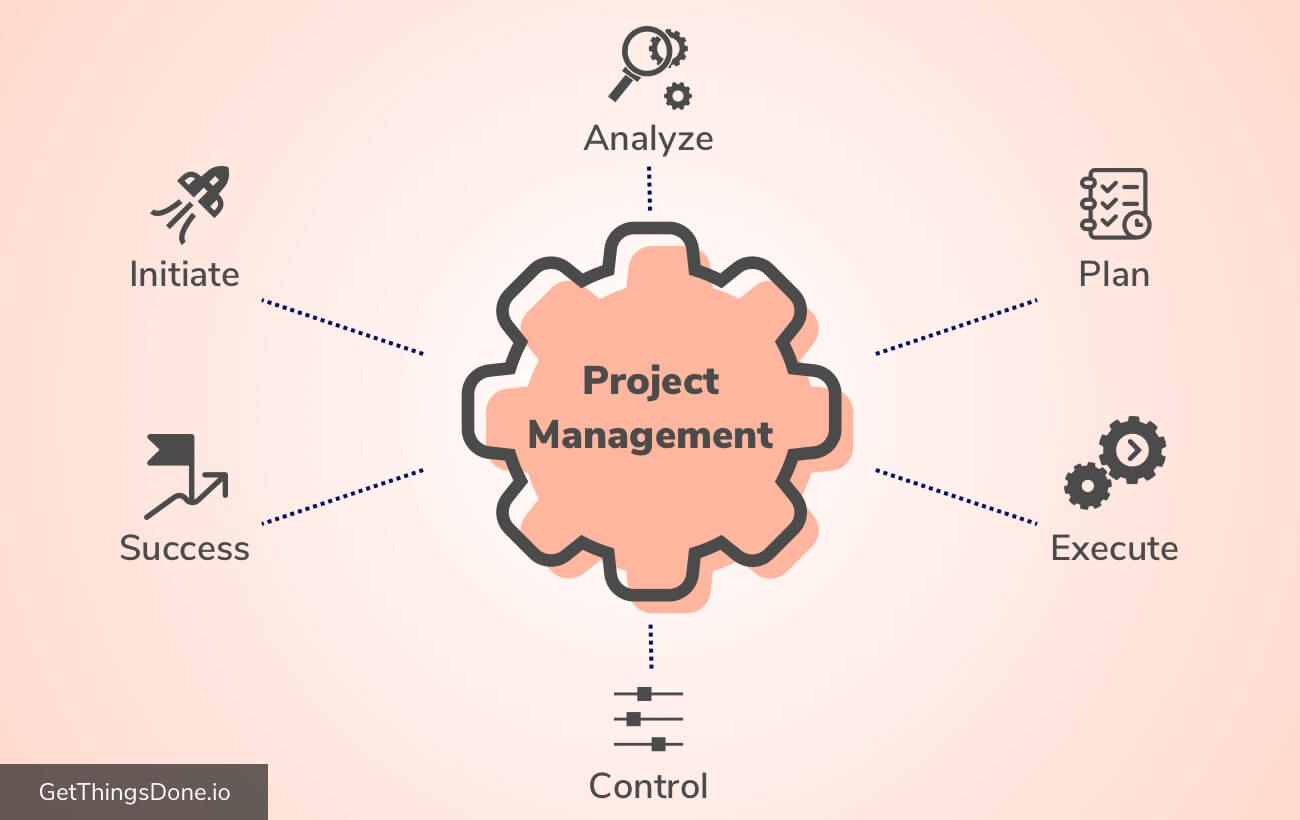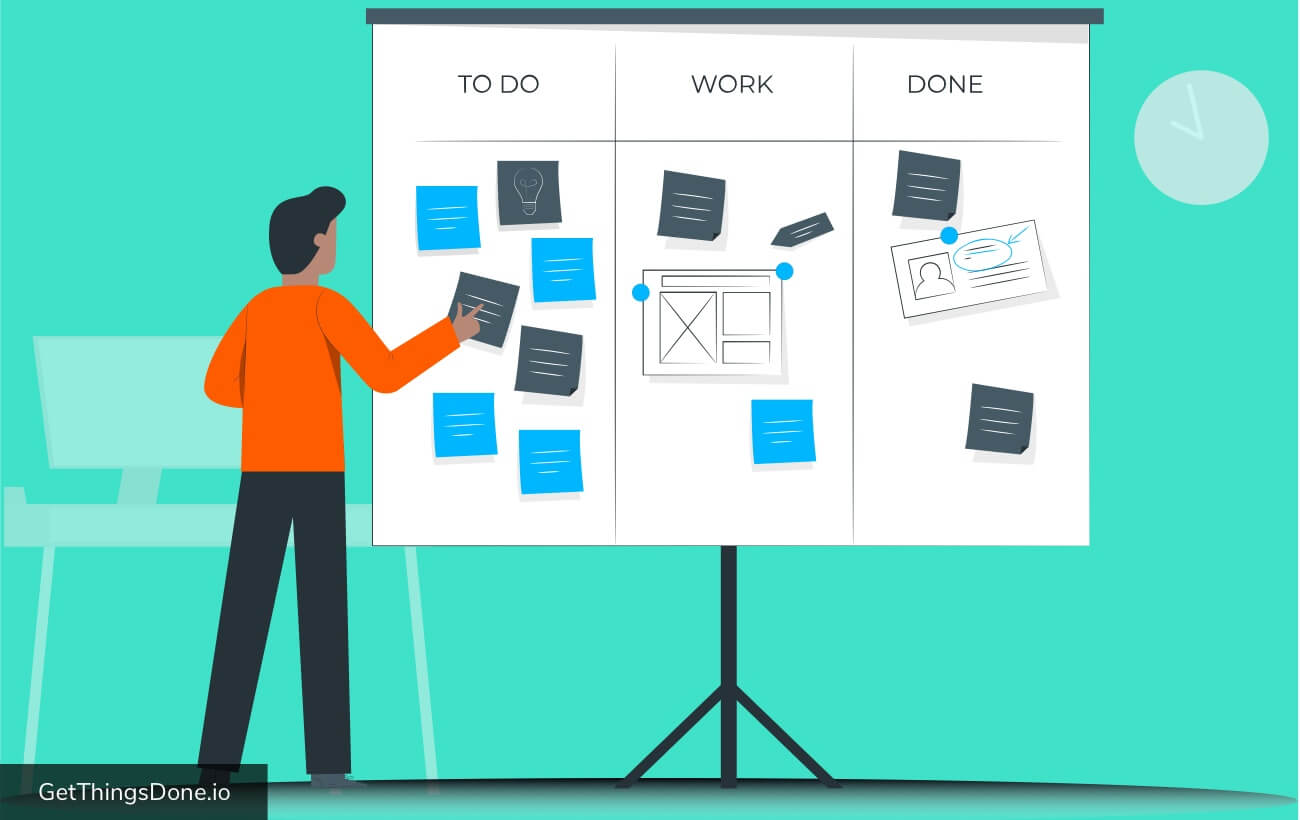Last weekend, I started off my ten-year-long term goal, which is to digitize all my old photographs. I am sure it is in your bucket list as well. While doing so, I came across my childhood photographs being in nursery grade that made me nostalgic. The photographs include a group of kids dancing and has all sorts of expressions – happy, tensed, crying, and so on. For a second, I thought it might have been very difficult for our teacher to make that D-Day happen by bringing all the kids together. And BANG! Something just struck in mind. I realized it was teamwork, and we do learn to work in a team from childhood.
Now, I assume that the situation would have changed. But, the perspective of looking towards my current project is the same as how my teacher would have seen it in the past. Drawing parallels, as a project manager one needs to know every aspect of the project. The project manager’s goal is about the successful completion of the project by encouraging the team along the process and accomplishing learning.
The team must find it helpful and offer each other practical suggestions on the fly, combining expectations and demand into one coherent plan. The key is to do a detailed project kick-off and set the right expectations with every team member and review at every stage, thus making the team well informed. Even as a kid, we all were well informed about the date and time of our performance. Truly an action stage where the magic used to happen and those little celebrations in the school will remain memorable. I’m sure that these can also be made possible in a professional environment today.
You will be surprised to read through the project management survey that defines a varied fact altogether.
68% of projects fail to meet deadlines, budgets, quality targets.
45% of a large IT project runs over budget.
40% of the project faces scope change.
38% lacks in direct communication.
19% have poor visibility into colleague’s actions.
14% of communication is unclear or misunderstood.
The whole statistics lead to one single activity that’s the tracking of project progress; this is the place where many teams falter because there is no emphasis on consistently driving with checks and balances. In other words, the basics of my childhood learning wouldn’t have missed the beat anytime. A teacher have a touch effect eternity, I bet.
Mantras to track project progress:
Let’s consider the above scenario of me as a kid and my teacher. You would conclude that it’s not that difficult to track project progress.
1. Involve Team members
For a teacher, the task should have been difficult to deal with the fragile minds of so many of those kids.
The first thing that strikes your mind with the start of the project is about your available resources. Traditionally, you choose the resources based on the workload and the helpful expertise for the project.
The team is your valuable asset and is not just a group of people ready to take up work, but because they are the ones which fulfill your project needs. It’s always a joyful experience to involve and allow them to contribute thoughts and are acquainted adequately with the information at first sight. The learning could be so overwhelming that the team exceeds the expectations and, at the same time, as managers, who could identify the grey spots for their future improvements.
“The strength of the team is each member. The strength of each member is the team.” ― Phil Jackson
2. Start with the outcomes in mind.
The teacher devises the schedule by keeping learning activities in mind. They also plan the detailed steps required, considering the completion of tasks.
Map your project in such a way that you know where you have to reach. Use your imagination and determine the steps required to achieve the endpoint. The endpoint will give you the benchmark to measure your decisions and actions.
While working, you can reset your priorities and measure the real-time distance to reach the endpoint.
“To begin with the end in mind means to start with a clear understanding of your destination. It means to know where you’re going so that you better understand where you are now and that the steps you take are always in the right direction.” ― Stephen Covey
3. Use of tools
Tools are integral parts while working on any project as they assist you in measuring progress. Tools are easy to visualize, coming up with the improvement or the breakthrough of the project. Tools like Kanban are convenient, wherein the visual board displays the status to gain ground of the projects at a glance. Another tool to look for is the to-do list. Here the time tracking tools render the onward movement increasing transparency in the team and upkeep the information track and activities defined in the timeline.
Unlike other tools, Get Things Done shows only the activities that are allocated to you. Why in the world would you want to see what everyone else is doing unless you are a project manager?
“Kanban is not a software development lifecycle methodology or an approach to project management. It requires that some process is already in place so that Kanban can be applied to change the underlying process incrementally.” ― David J. Anderson, Kanban
4. Establish goals and milestones
Teachers always remain consistent in setting up the goal based on the timetable. Her workday has a sense of structure, strategizing the process, and deplores the best among the students.
Likewise, any given project consists of the milestone from start to finish. The schedule helps the project to measure the progress. Get Things Done enables you to achieve this effortlessly by prioritizing and deprioritizing your activities, and this gives immense satisfaction when you accomplish the tasks and take a step toward achieving your objective and goals. This is a powerful way to measure project progress.
“You should set goals beyond your reach, so you always have something to live for.” ― Ted Turner
5. Establish deadlines
Teachers are rhythmic and steady in their exercise. They plan it to the finest detail and ensure that the kids sustain learning and consummate well every year. It’s their effectiveness that leads our experience so fulfilling even for this day.
The meaning of timeline and measuring progress is something we have been trained from our childhood. As we know, having a deadline helps measure progress. Clear deadlines will help the team stay on track and complete activities and tasks without any stress. When everyone in the project knows the start and end date, it is easy to track the project. Some managers prefer to celebrate by setting the final deadline while others establish deadlines in chunks as goals or milestones. Whatever the method is, as long as the team members are informed about the deadline and their contribution to the project, the project progress can be effortlessly tracked.
“Goals are dreams with deadlines.” ― Diana Scharf
The Sum-up
Tracking the project progress and the advantage of managing and overseeing play a crucial role in a team. Get Things Done offers an effective solution that reduces your stress by overcoming chaotic project pressures, and pushing yourself beyond limits and finally accomplishing the project goals and feeling relieved. Honestly, the teachers are inspiring, and I’m greatly indebted.









